Today’s customers are better informed, better connected, and more demanding than ever before. CEOs are now concerned about Customer  Loyalty and they recognize that mastery of the customer agenda is essential. In fact, global leaders of successful businesses recognize that creating a customer-centric, digitally-transformed business is a top priority.
Loyalty and they recognize that mastery of the customer agenda is essential. In fact, global leaders of successful businesses recognize that creating a customer-centric, digitally-transformed business is a top priority.
In this age of digital disruption, how can organizations engage customers, increase Customer Loyalty, and achieve profitable growth? What is most appropriate when it comes to Customer-centric design?
Almost every market is experiencing a fundamental change. Consumer expectations have shifted and digital technologies are making the biggest impact on businesses large and small since the start of the information age. Ultimately, businesses need to navigate the challenges of digital disruption and find new ways to create economic value and drive growth.
The challenge today is what it takes for organizations to be a Customer-centric Organization.
Unraveling the 6 Core Capabilities of a Customer-centric Organization
A Customer-centric Organization must have 6 Core Capabilities to compete in the Digital Age. In this global time, customer-centricity ceases to be a differentiator. It has become a matter of survival.
The first 2 Core Capabilities are Customer-directed. These are Customer Strategy and Customer Experience (CX).
- Customer Strategy. The first core capability, Customer Strategy is focused on addressing changing customer needs and behavior. It involves the development of a clear view of customer behavior and intentions using data and analytics. Customer Strategy can be applied in several ways. It can be used to refine and develop a proposition or even inform major investments in new media content.
- Customer Experience (CX). Customer Experience (CX) is that core capability that generates a significant competitive advantage – a double revenue growth against industry counterparts. It is being able to respond to customer needs balanced with understanding the values customers bring to the enterprise. The world’s most advanced customer businesses often undertake customer journey mapping and experience design which are critical to executing customer-centric change.
The second 2 Core Capabilities focus on front office capability and across the enterprise value chain. These are Sales & Service Transformation and Connected Enterprise.
- Sales & Service Transformation. As the third core capability, Sales & Service Transformation is essential to becoming a customer-responsive business. This is a newly digitized and fully integrated front office capability that can attract, engage, acquire, and continually engage with customers. With the modernization and transformation of front office functions, Marketing, Sales, and Service teams get to have better ideas on how to work together more effectively. This leads to a full end-to-end Business Transformation. A core concept to Service Transformation is the development of Service 4.0 capabilities.
- Connected Enterprise. Focused on delivering differentiated Customer Experiences, Connected Enterprise is an architecture of fundamental capabilities that work across the Enterprise Value Chain, from back office operations through customer-facing interactions. The application of Connected Enterprises has led to companies experiencing an increase in annual revenue and a positive return on investment.
The third 2 Core Capabilities are Data & Analytics and Digital Transformation — your company’s response to a highly demanding digital market.
- Data & Analytics. The fourth core capability is Data & Analytics. This core capability is focused on creating actionable insights that drive profitable growth. With the use of Data & Analytics, it can uncover patterns of customer behavior, relevant social media influencers, and channel preferences. It is useful in personalizing propositions, channels, marketing communication, and the experiences offered to customers.
- Digital Transformation. The sixth core capability, this is the core capability that can power new ways to engage customers, optimize operations, and transform products. Digital Transformation is delivering the right customer and digital technology. With the advent of virtual reality, augmented reality headsets, the Internet of Things, AI, and cognitive computing, it has changed the way customer-centric companies engage customers. Digital Transformation is not an overnight event. This is a series of incremental steps, each delivering a concrete business advantage.
Developing the 6 Core Capabilities is no easy task. It can be pretty challenging. Companies need to have a good handle of its key challenges and the right approaches to mastering the 6 Core Capabilities. When this is achieved, the high road to global competitiveness is achieved.
Interested in gaining more understanding of these 6 core Capabilities of a Customer-centric Organization? You can learn more and download an editable PowerPoint about the 6 Core Capabilities of a Customer-centric Organization here on the Flevy documents marketplace. There is a series of 3 presentations – Part I, Part II, and Part III that discusses all 6 Core Capabilities.
Are you a management consultant?
You can download this and hundreds of other consulting frameworks and consulting training guides from the FlevyPro library.
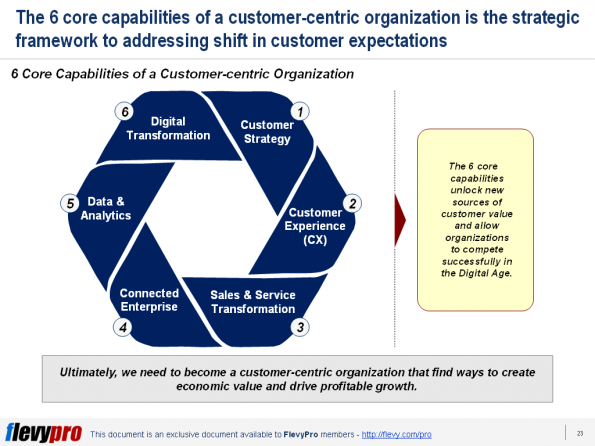
 data analytics is now a quintessential business matter. It is important for CEOs and top executives to be able to clearly articulate its purpose and translate it into action. Yet, this is not so.
data analytics is now a quintessential business matter. It is important for CEOs and top executives to be able to clearly articulate its purpose and translate it into action. Yet, this is not so.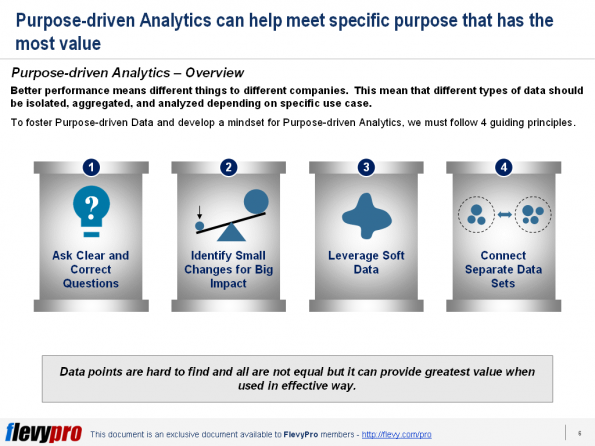
 digital technology into the labor force which can threaten to destabilize crucial aspects of how employees work by. This can undermine the stability companies depend on to be agile.
digital technology into the labor force which can threaten to destabilize crucial aspects of how employees work by. This can undermine the stability companies depend on to be agile.
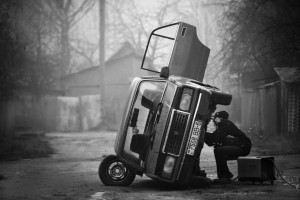 for factories to how it manages and develops people–are some of the primary ways that global companies impose order and consistency on a diverse set of global operations. Companies believe that processes can help share knowledge across divisions and regions to achieve
for factories to how it manages and develops people–are some of the primary ways that global companies impose order and consistency on a diverse set of global operations. Companies believe that processes can help share knowledge across divisions and regions to achieve 

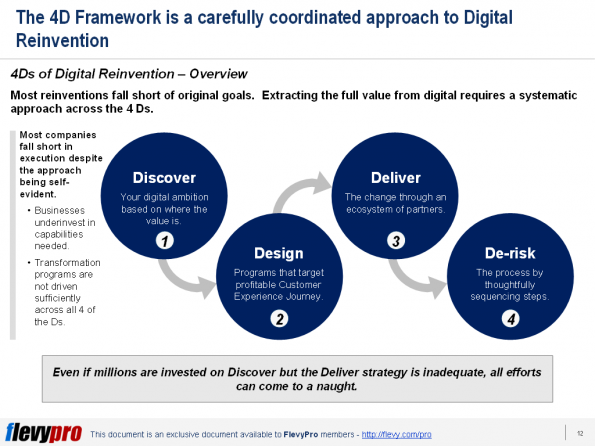
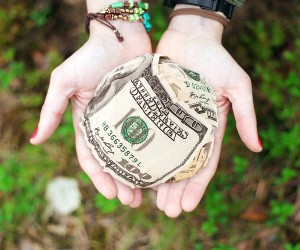 what purpose and how, is neither in every man’s power nor an easy matter.” Aristotle
what purpose and how, is neither in every man’s power nor an easy matter.” Aristotle

 The Value Chain concept, first described by Dr. Michael Porter in 1985, is a series of actions that a firm—in a specific industry—accomplishes to produce a valuable product or service for the market. The value chain notion visualizes the process view of an organization, perceiving a manufacturing or service organization as a system comprised of subsystems of inputs,
The Value Chain concept, first described by Dr. Michael Porter in 1985, is a series of actions that a firm—in a specific industry—accomplishes to produce a valuable product or service for the market. The value chain notion visualizes the process view of an organization, perceiving a manufacturing or service organization as a system comprised of subsystems of inputs, 

 As the last decisive step in customer service, a warehouse ensures cost effective distribution. Latest technological innovation has turned warehousing into a competitive advantage. It offers untapped potential for improvement. However, warehousing is a hugely neglected part of global supply chains. There is inconsistency in picking, packing and shipping orders, storing receipts, and managing inventory and logistics operations.
As the last decisive step in customer service, a warehouse ensures cost effective distribution. Latest technological innovation has turned warehousing into a competitive advantage. It offers untapped potential for improvement. However, warehousing is a hugely neglected part of global supply chains. There is inconsistency in picking, packing and shipping orders, storing receipts, and managing inventory and logistics operations.

 Gordon Moore
Gordon Moore

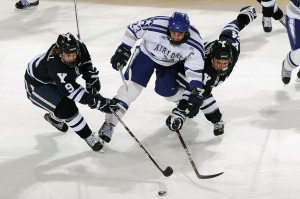 Michael Eugene Porter—a Professor at the Institute for Strategy and Competitiveness, Harvard Business School—is widely acclaimed for his unmatched prowess in competitive strategy,
Michael Eugene Porter—a Professor at the Institute for Strategy and Competitiveness, Harvard Business School—is widely acclaimed for his unmatched prowess in competitive strategy, 